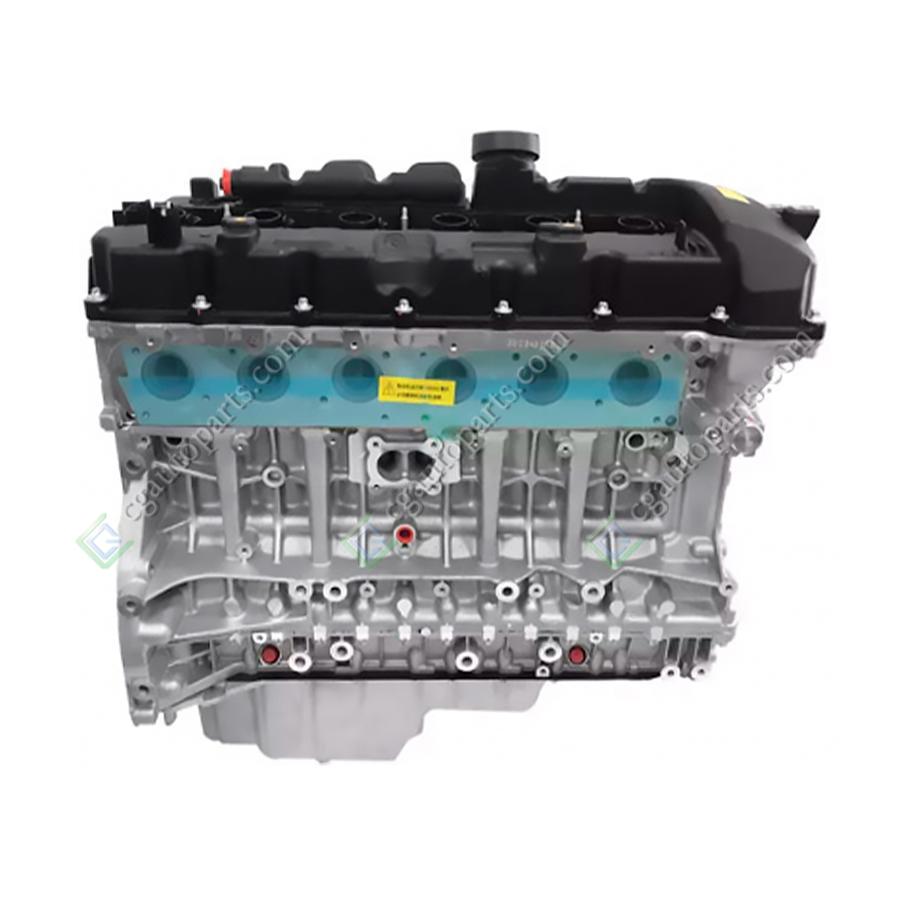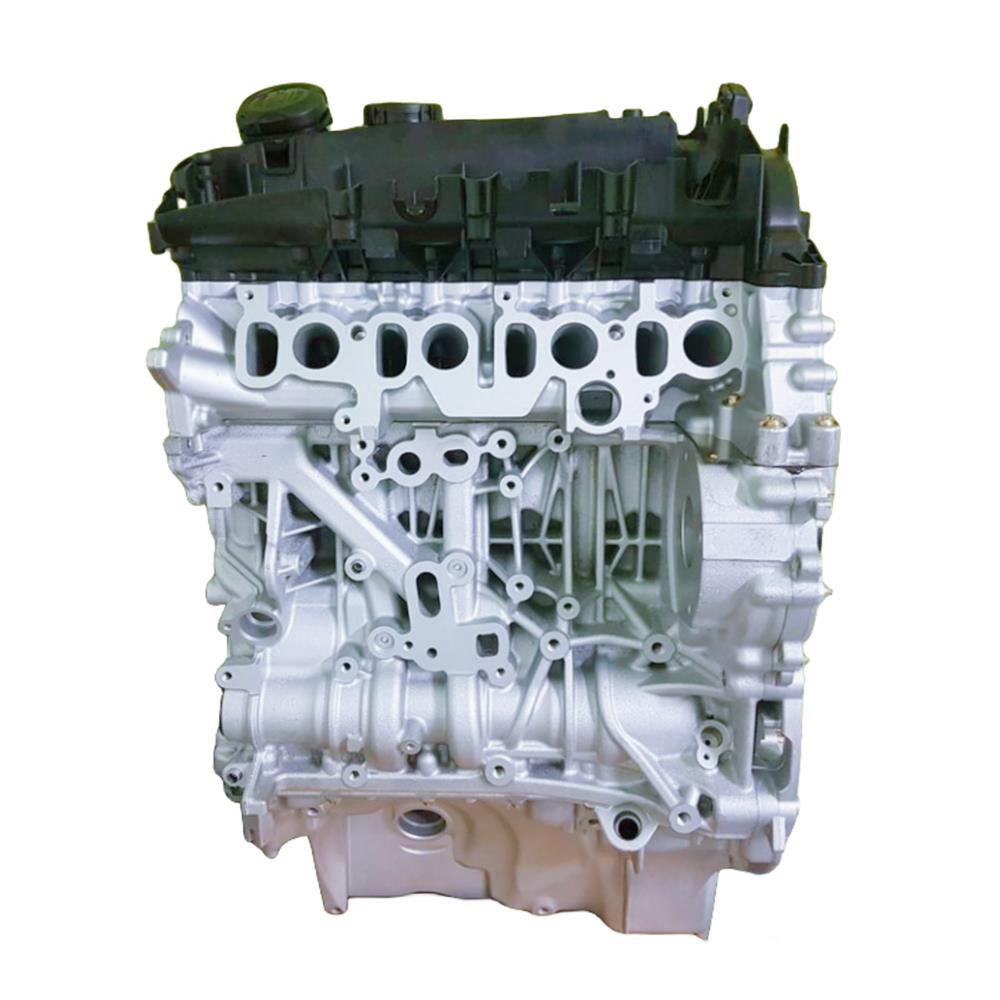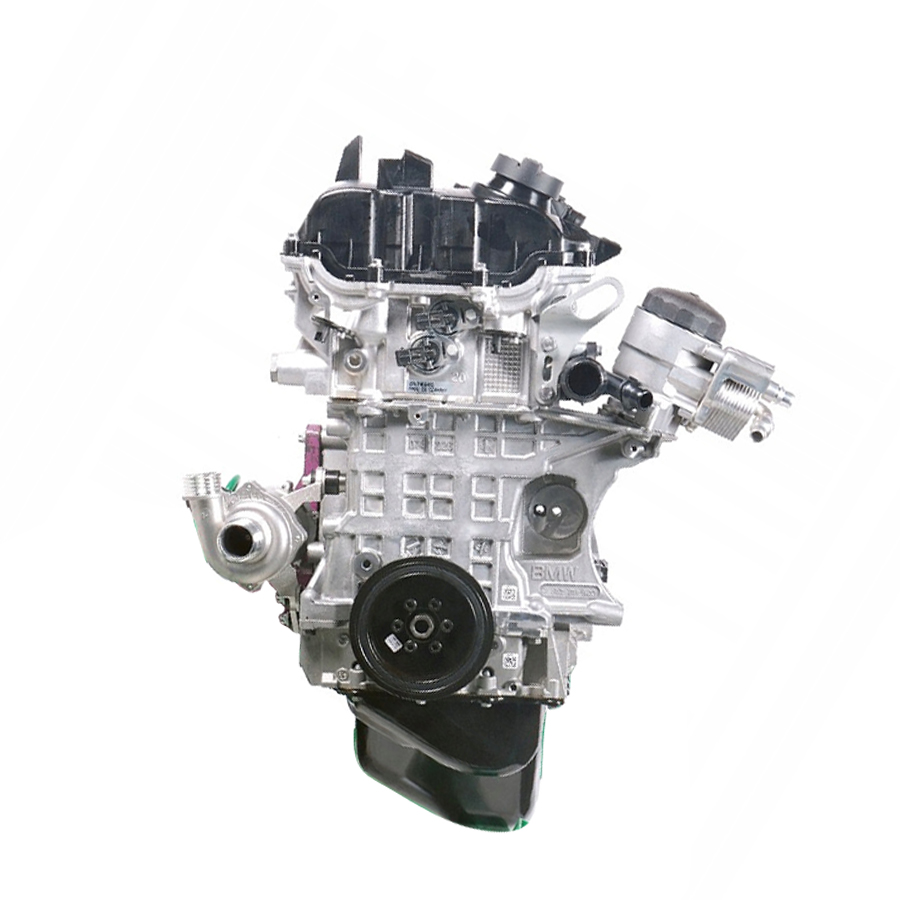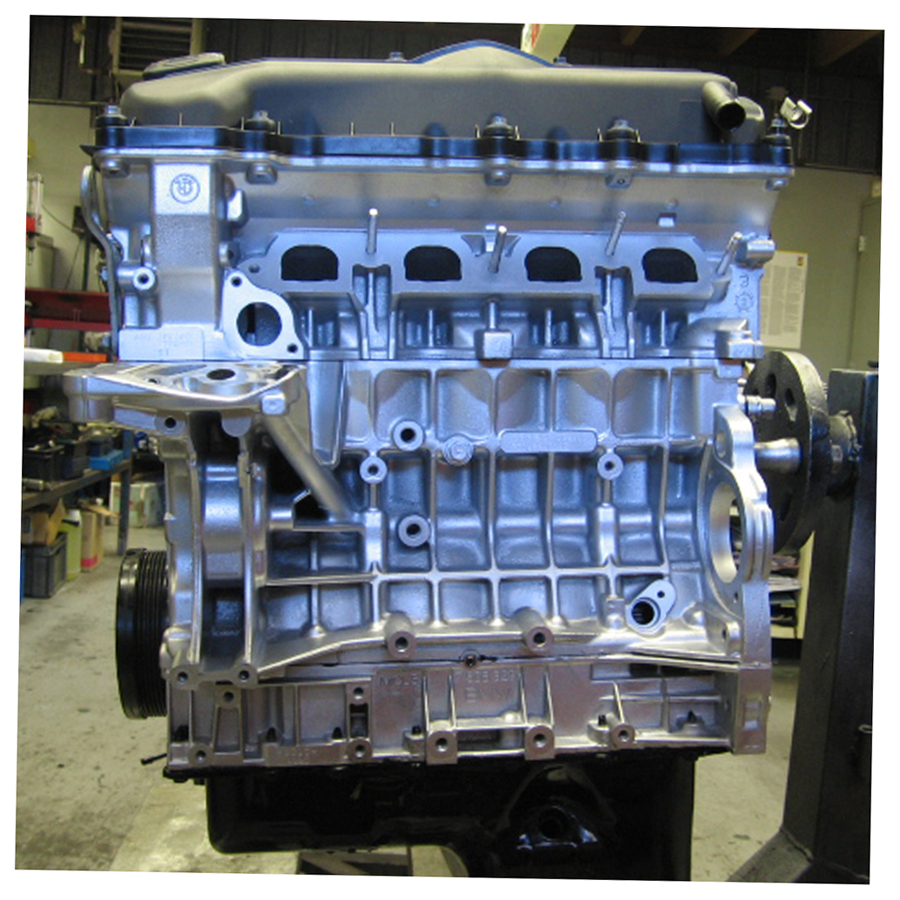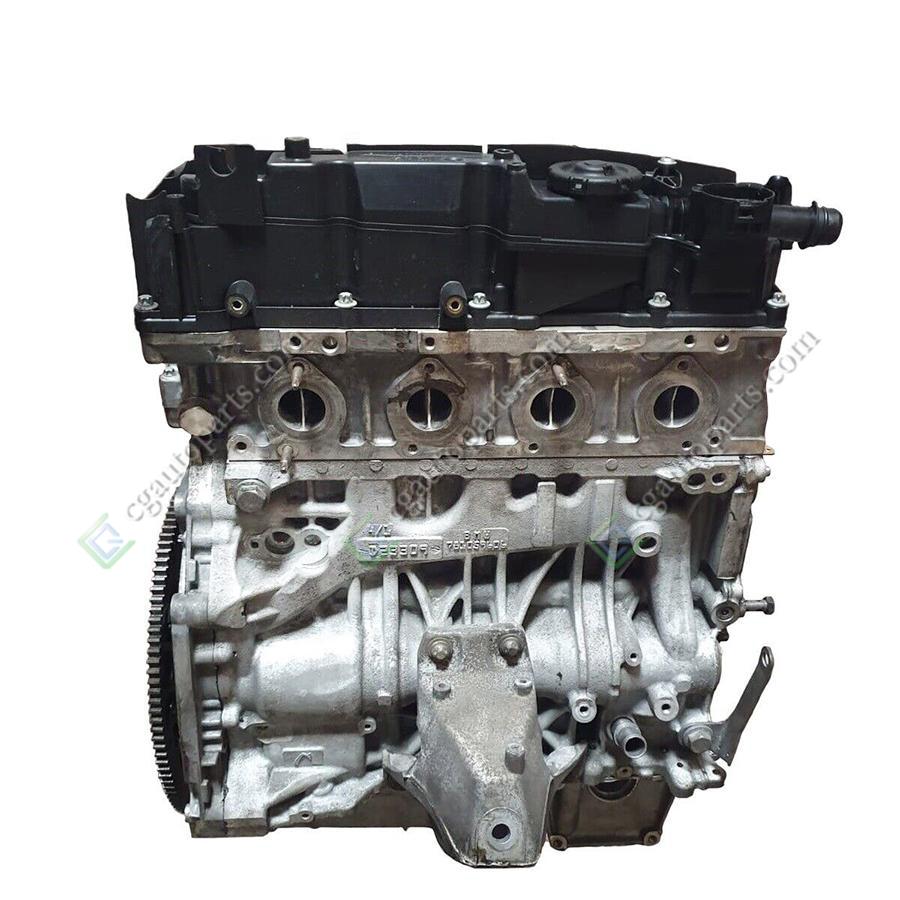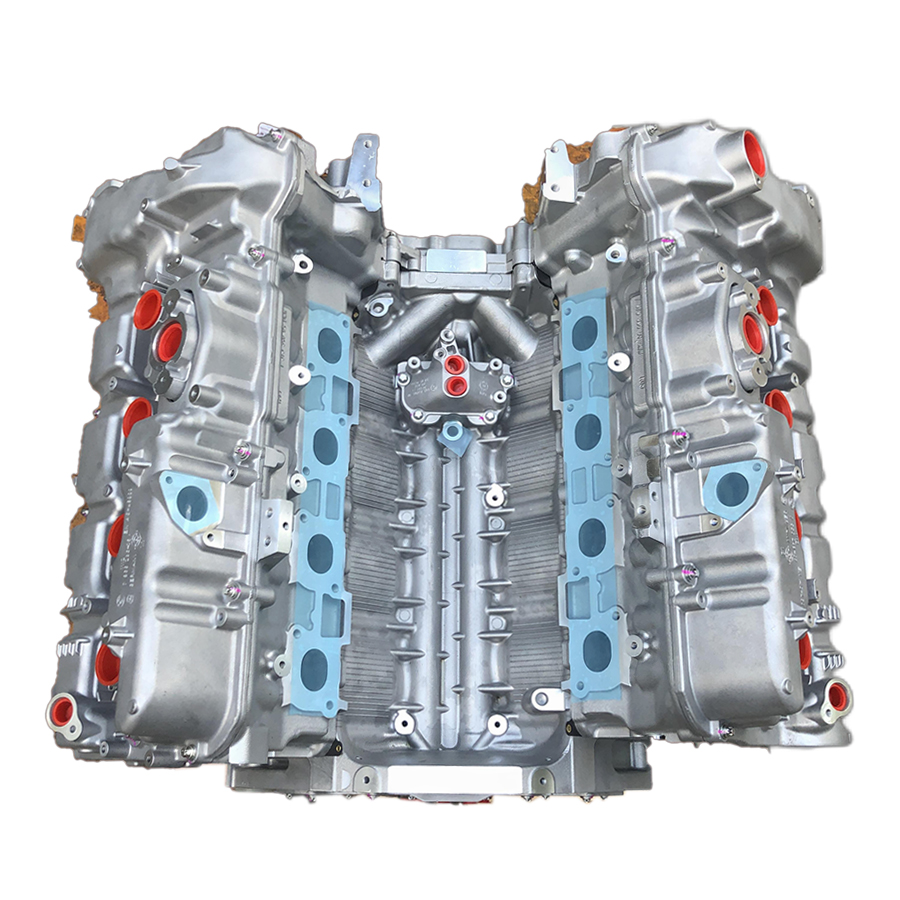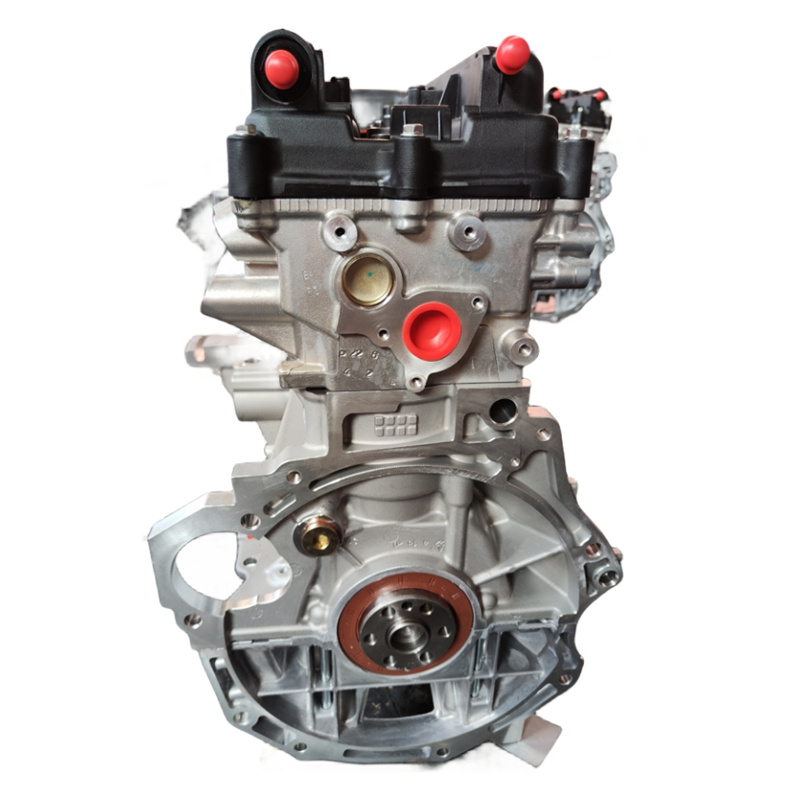COMPLETE ENGINE : Engine Hyundai-Kia G4FC
PRODUCT INTRODUCTION
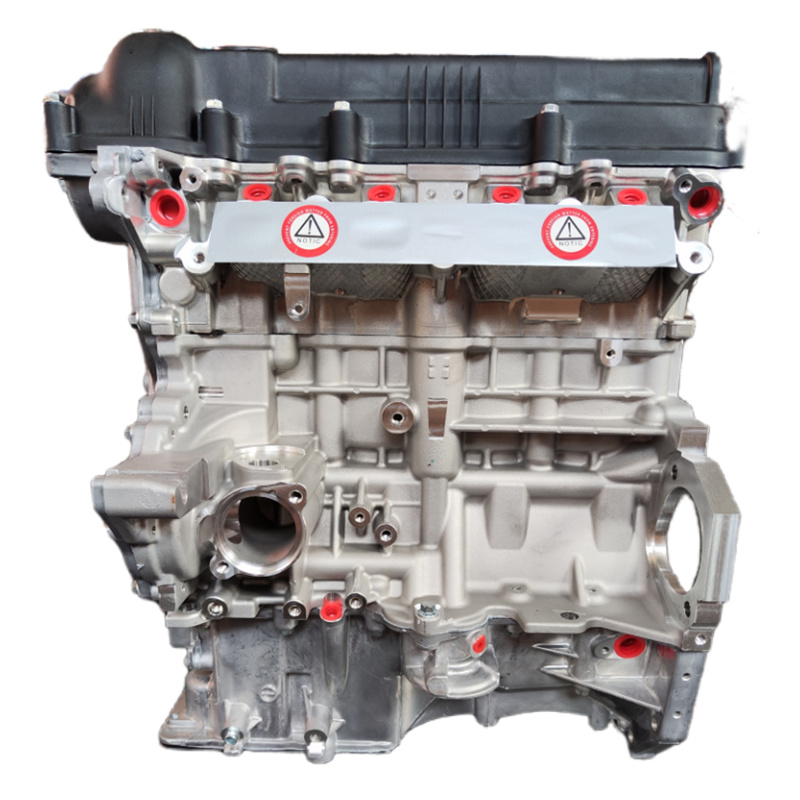
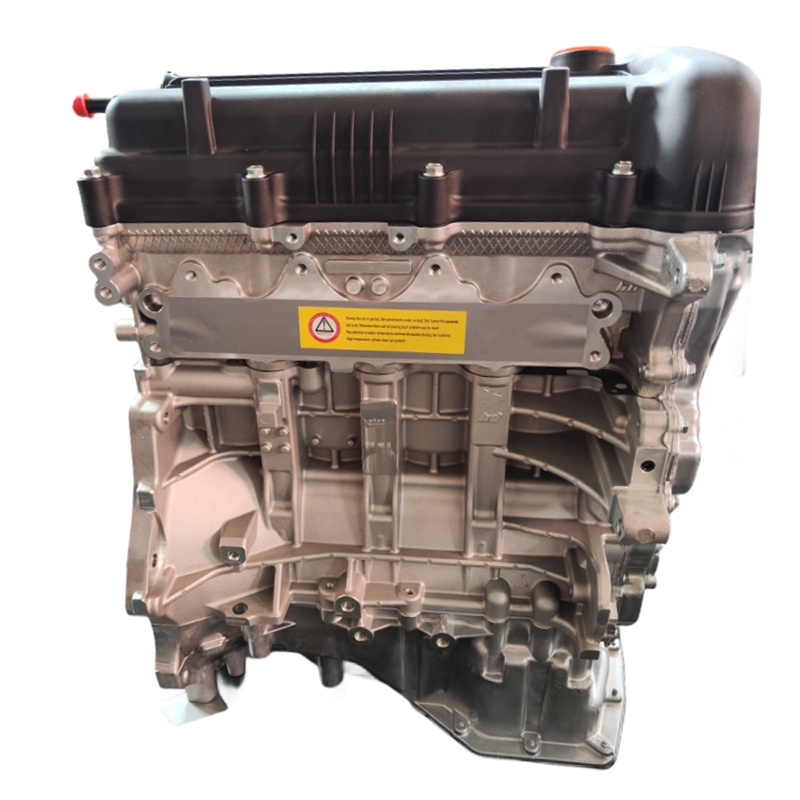
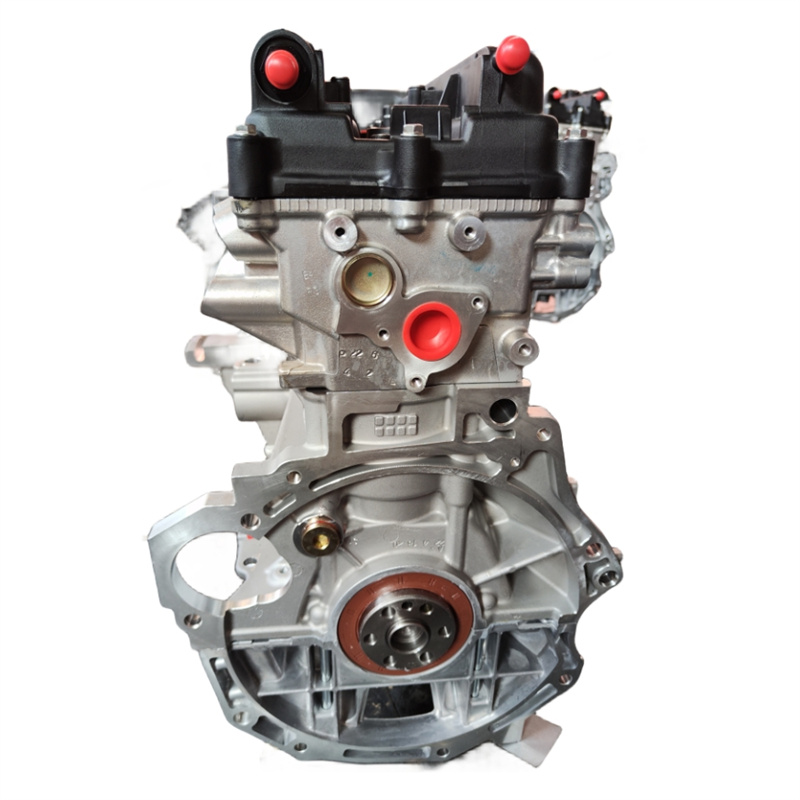
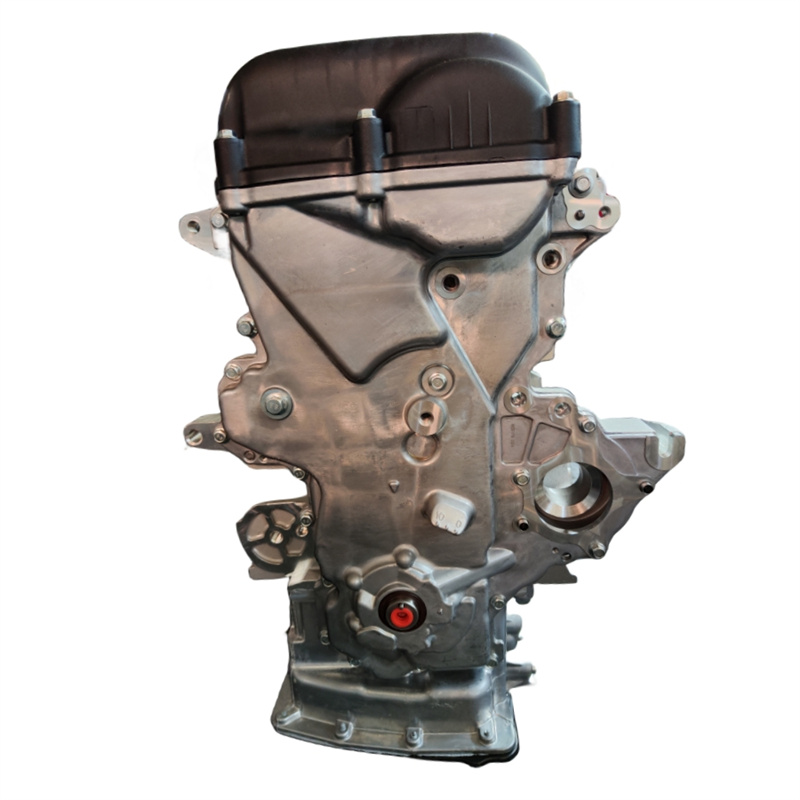



Since 2009, the Gamma family of engines began the transition to more stringent Euro 5 and a huge ram’s horn exhaust manifold gave way to a small catalytic converter. After that, problems began with scuffing due to the ingress of catalyst crumbs into the cylinders.
Specifications
Production years |
since 2006 |
Displacement, cc |
1591 |
Fuel system |
distributed injection |
Power output, hp |
120 – 128 |
Torque output, Nm |
154 – 158 |
Cylinder block |
aluminum R4 |
Block head |
aluminum 16v |
Cylinder bore, mm |
77 |
Piston stroke, mm |
85.4 |
Compression ratio |
10.5 |
Features |
DOHC |
Hydraulic lifters |
no |
Timing drive |
chain |
Phase regulator |
yes |
Turbocharging |
no |
Recommended engine oil |
0W-30, 5W-30 |
Engine oil capacity, liter |
3.7 |
Fuel type |
petrol |
Euro standards |
EURO 4/5 |
Fuel consumption, L/100 km (for Hyundai Solaris 2015) |
8.1 |
Engine lifespan, km |
~300 000 |
Weight, kg |
99.8 |




